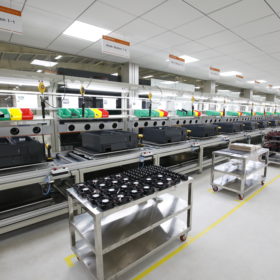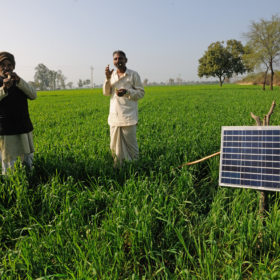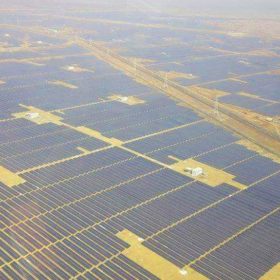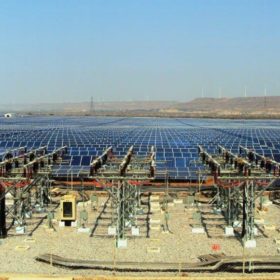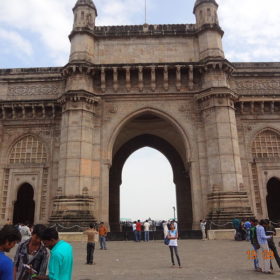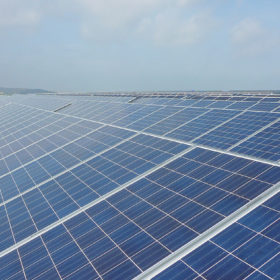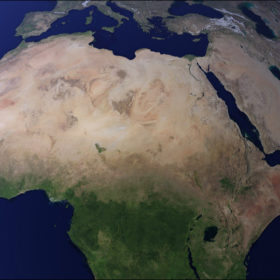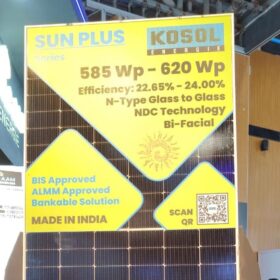Sungrow crosses 3 GW of PV inverter sales in India, eyes 5 GW by 2020
The Chinese solar PV inverter manufacturer expects to touch 3.5-3.6 GW of sales by March 2019 in the country. Expanding its lineup, it plans to launch inverters for residential sector too in the second half of the current year.
Government approves Rs46,000 crore for KUSUM and rooftop solar
The government of India has approved central financial support of more than Rs46,000 crore by 2022 to promote solar among farmers and in the residential sector. The KUSUM scheme for farmers has been allocated Rs34,422 crore and the rooftop solar program Rs11,814 crore.
Q4 utility-scale solar down 46%: Bridge To India
India’s utility-scale solar capacity addition during October-December 2018 went down 46 per cent over the corresponding period of 2017. In contrast, rooftop solar grew strongly at 47 per cent.
Vikram Solar commissions 200 MW utility-scale solar in Andhra Pradesh
The plant, situated in district Anatapuramu of Andhra Pradesh, is segregated into two blocks of 100 MW each for better management and higher efficiency. It is expected to power nearly 150,000 homes once connected to the grid.
20 MW floating solar-plus-60 MWh storage tendered for Lakshadweep
The Solar Energy Corporation of India has invited bids for the development of an aggregate capacity of 20 MW of lagoon-based floating PV with 60 MWh of battery-based storage systems in the Union Territory of Lakshadweep.
Maharashtra auction sees tariffs hit Rs 2.74 per unit
Tariffs retracted distinctly from Rs 2.84 per unit seen in the 700 MW Gujarat solar auction recently, inching closer to the Rs 2.71-2.72 level of Maharashtra’s previous tender.
Researchers upcycle plastic waste into battery anodes
A new approach could extract carbon from polyethylenes in a cost-competitive way, that could be scaled up. Researchers have also performed electric testing with the extracted carbon and found it suitable for use as anodes in Li-ion batteries, among multiple other uses.
Actis calls off plans to buy Essel Infra’s solar assets
Earlier, UK-based private equity investor had reportedly agreed to buy 685 MW of Essel’s solar power projects (including installed and under-construction) for around Rs 4,700 crore.
Singapore fund and British developer eye stake in UK government’s south Asian renewables company
U.K. developer Lightsource BP – in which oil and gas giant BP has a significant minority stake – and its Singapore fund partner EverSource Capital are reportedly ready to take up all the $100 million slice of Ayana Renewable Power which is being put up for sale.
The long read: The untapped potential of the MENA region
The region’s climate, developing economies and demographic growth are driving increased electricity demand in the Middle East and North Africa. However, as a hub of conventional energy supply, the region has been slow to embrace PV. To capture more of the value chain and deliver the full potential of solar, there are increasing calls for distributed generation deployment to play a bigger role.
